Quote of the day: “The historical park preserves the site where, up until the early 19th century, Hawaiians who broke a kapu (one of the ancient laws) could avoid certain death by fleeing to this place of refuge or puʻuhonua. The offender would be absolved by a priest and freed to leave. Defeated warriors and non-combatants could also find refuge here during times of battle. The grounds just outside the Great Wall that encloses the puʻuhonua were home to several generations of powerful chiefs.” — Wikipedia

A View of the Great Wall and Hale o Keawe, a temple and mausoleum that once held the bones of 23 ali’i (noble chiefs)
A few days ago I visited Pu‘uhonua o Honaunau National Historic Park on the southern Kona coast of the Big Island of Hawaii. Located on the black lava flats by the ocean, this was the site of a royal enclave and a place of refuge for those who violated kapu, the sacred laws.
This is a sacred place for most native Hawaiians. For several centuries, the pu’uhonua, the Royal Grounds and adjacent areas formed one of the primary religious and political centers within the traditional district of Kona.
When I was walking through the park, I saw what looked like a Hawaiian grandfather and his grandson tending fish on traditional drying racks near the ocean, just beside the park. I gestured to the boy, asking in sign language whether it was ok to make a photo of them, and he glared at me with an emphatic, “No!” shake of the head. Respecting his wishes I walked on, wondering how I would feel about tourists visiting a place I considered sacred and wanting to make a photo of me. Perhaps I would glare too. How often do I offend someone by my love of photography, photographing images or places that they would prefer I not photograph? I hope that I do not intrude where I am not wanted.
I found this place to be one of the most beautiful and peaceful spots I have visited on the Big Island. I can understand why it is considered sacred ground. Shaded by tall coconut palm trees, touched by soft ocean breezes, and blessed with plentiful fresh water, salt and fresh water fish ponds, and a sheltered canoe landing, this must have been a beautiful place to live.
The royal residence consisted of 10 or more thatched buildings in the coconut palm grove. Attendants and servants performed daily tasks, catching and preparing fish and serving the chief.
The Great Wall was built in 1550. It is 965 feet long and up to 10 feet high and 17 feet thick. It separates the royal compound from the Pu‘uhonua (place of refuge). Workers stacked the stones so tightly that the walls needed no mortar. Even though the wall has been stabilized and repaired, it stands as a testament to the skilled workmanship that has survived over 400 years.
It was not the stone wall or the place of refuge that made this place sacred to Hawaiians; it was the chiefs’ sacred bones in the temple. Tradition holds that the ali’i (royalty) possessed mana, spiritual power.
The photo below is of the side of the principle Heiau (temple), this platform likely had ki’i (images) and thatched huts on it. It is quite large and would have dominated the site when it was in use. It was built in seven stages.
I was struck by the beauty of the reflections of palm trees in one of the fish ponds. What a lovely place this is!
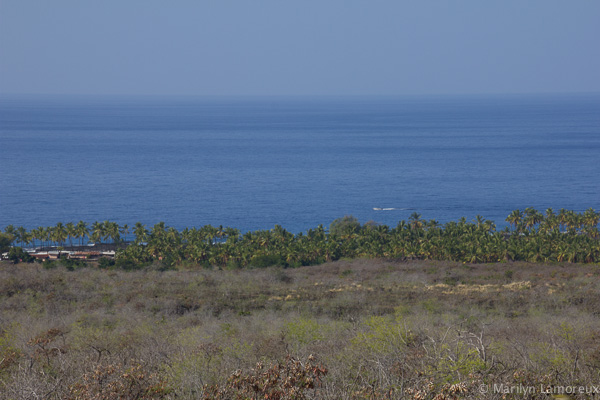
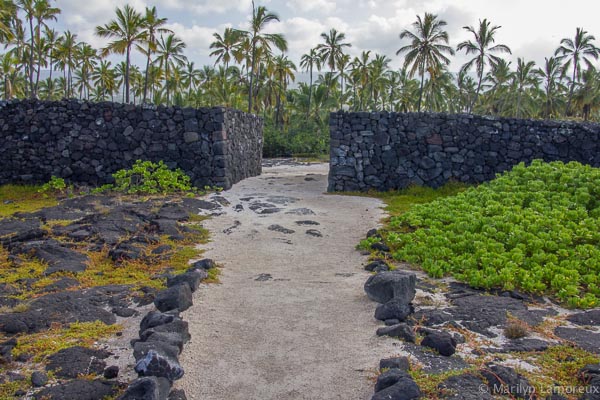
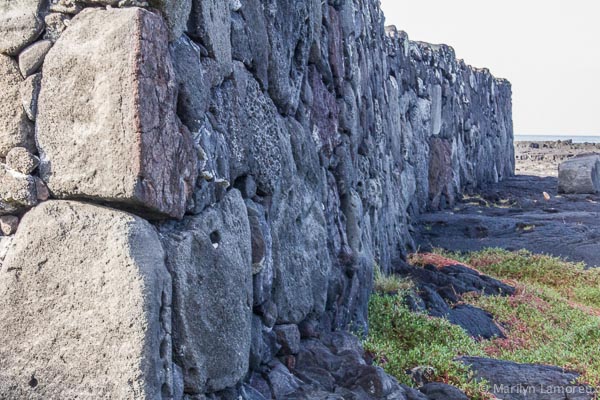
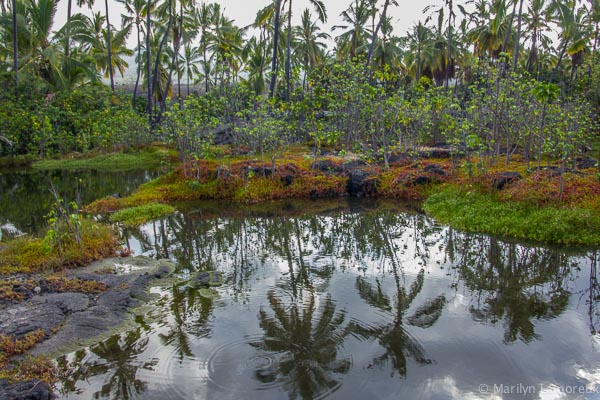
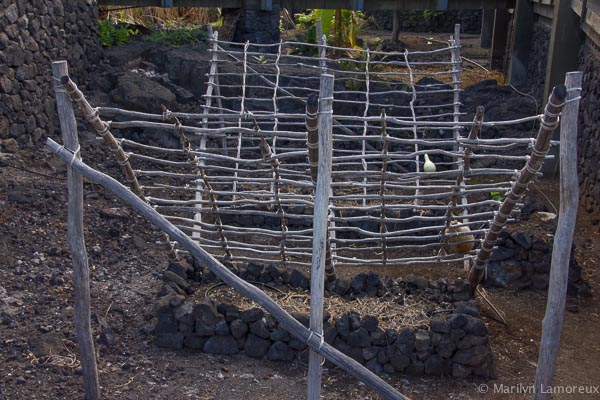
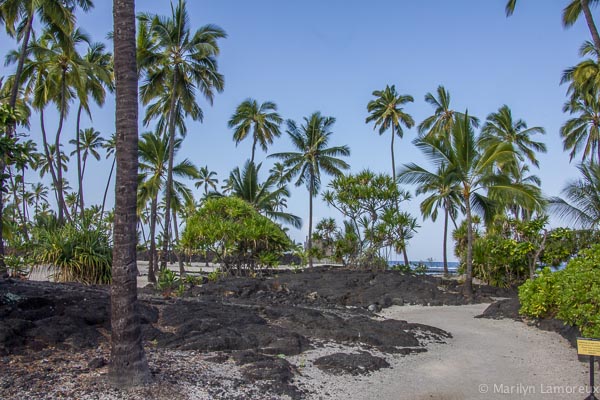
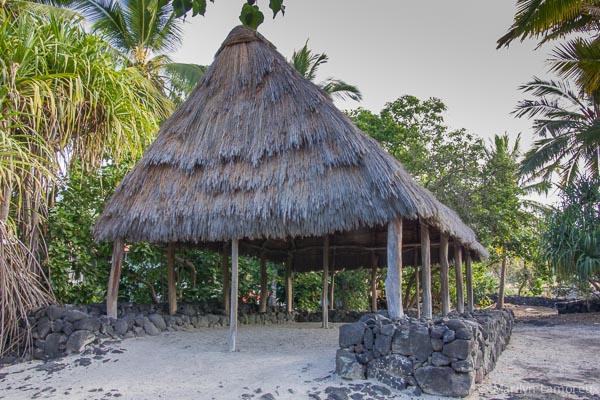

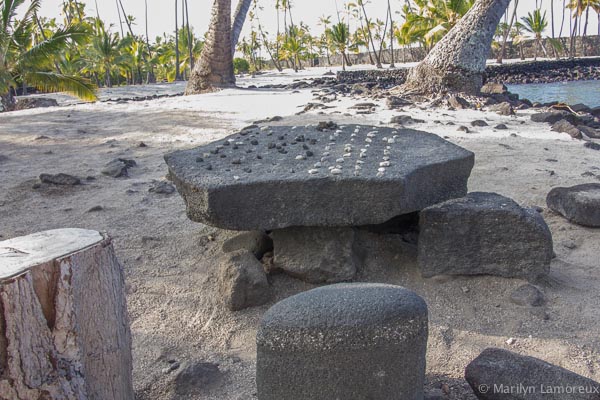
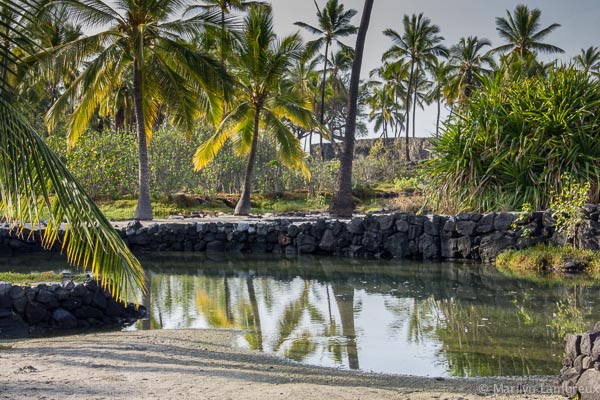
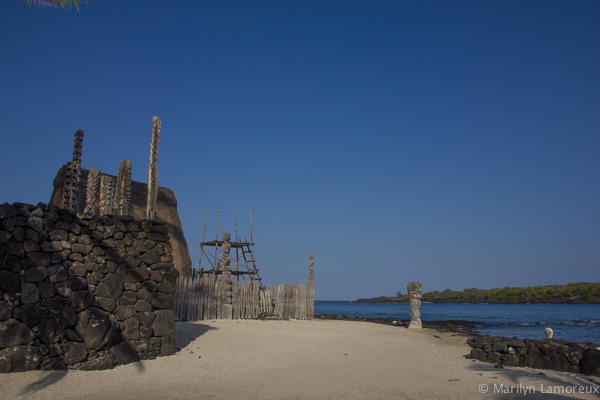
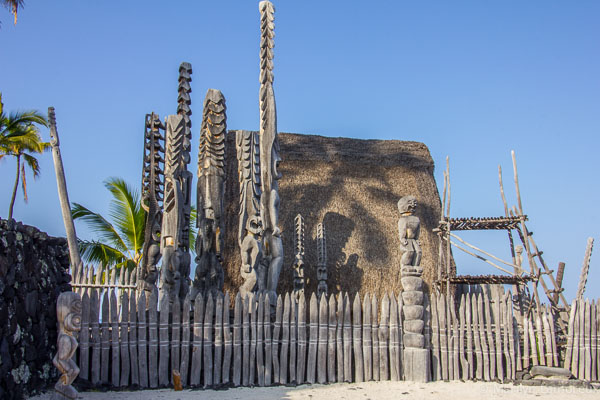
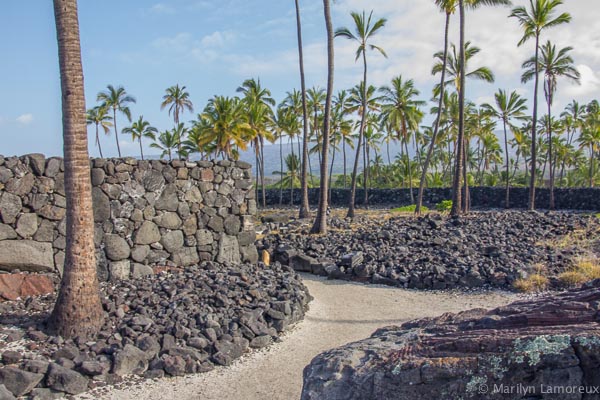
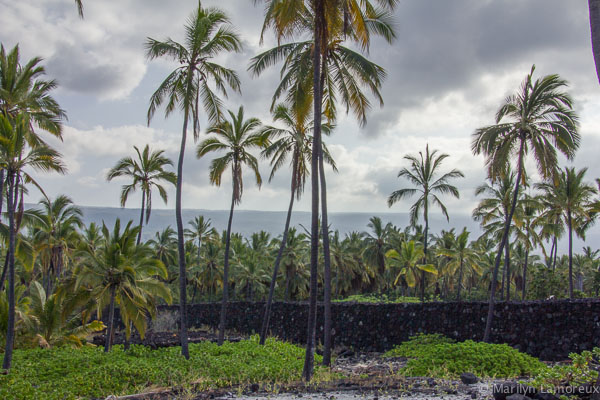
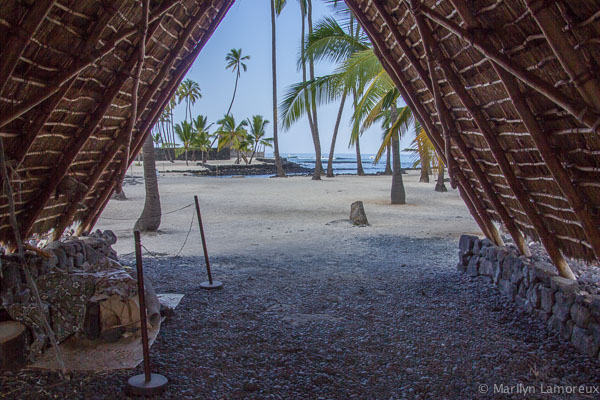
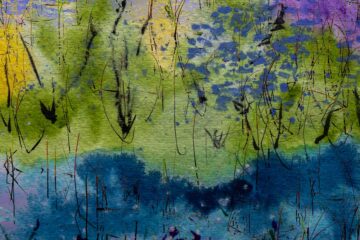

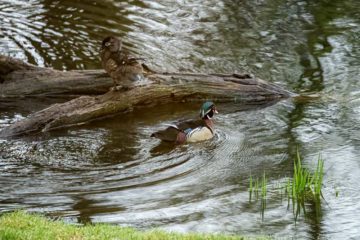
0 Comments